I’m reading my Dad’s copy of “The Family Mark Twain” published in 1935, 25 years after the passing of Mark Twain. “Life on the Mississippi” is the story of Mark Twain being a riverboat pilot on the river. “Mark Twain” comes from the measurement of depth on the river. It means two fathoms or twelve feet. So now you know how Samuel Clemens figured out his pen name!
As Mark Twain describes becoming a Mississippi pilot, I realized there were many parallels between becoming a good pilot and becoming a good woodturner. Here are 5 lessons that I learned from Mark Twain.
1. Keep a notebook
In order to be a pilot on the Mississippi river you had to be trained by a current pilot. This education was going to cost Mark Twain $ 500 in 1857. On his first shift going up the river the pilot told Mark the name of every point that they passed by. Shifts were four hours on duty and four hours off. During the next shift the pilot asked Mark Twain to name the points on the first watch. Mark Twain remembered none of them.
“My boy, you must get a little memorandum-book; and every time I tell you a thing, put it down right away. There’s only one way to be a pilot, and that is to get this entire river by heart.”
Learning any trade requires the accumulation of knowledge. A notebook to record the characteristics of the wood you are turning and the shapes you are making will help you learn and remember details for later projects. I wish that I had used a notebook earlier because I sure repeated a lot of lessons at the beginning.
I was always trying to get the most out of the wood and that meant short tenons holding the wood in the chuck. Well I knocked out a lot of wood that wasn’t held securely. I did learn over time to make sure the tenon was long enough and at the right place in the wood so I wouldn’t have any missiles flying overhead.
2. The info you need changes as you change your direction
Two things stood out to young Mark Twain as he began the downstream portion of his first piloting trip. Because of the four hours on and four off sequence he only knew half the river on the trip up! The second thing was that the river looks a lot different in the opposite direction. Veteran hikers will periodically turn around so they are familiar with the terrain when they return back down the mountain.
Doing spindle turning on the lathe allows you to cut from the head stock to the tail stock or from the tail stock to the head stock. We all have a predominant hand and it can be a real challenge to go in the opposite direction. Take the time to practice cutting in both directions and your turning will be much smoother.
Another cutting method to try is trading the positions of your hands. If you always hold your tool with your left hand on the handle and the right hand guiding the cut, give it a try with your right hand on the handle and your left hand doing the guiding. It feels really strange the first few times that you do it. However it can help you make cuts where the hands just can’t quite get into the right position the normal way you do it. If you have practiced “upstream” and “downstream” cutting, you will be able to manage the whole river of wood turning.
3. Once you think you know it all a new horizon will appear
Mark Twain takes several chapters to outline the steps he took to learn about the river. First he named each point. Then the shape of each landmark had to be memorized. Next was the depth of the river at the different locations when they had to sound out the depth. And the list went on to include reading the water, listening to the sound of the river, and remembering the height of the banks as you traveled by.
You’ll find the same with your turning skills. At first you focus on the general placement of the tool to the wood. Next you figure out a better angle for the presentation. Then you match the portion of the tool for the cut you want to make. And still a little farther along you find that you are sharpening your tools specifically for the work and wood you are going to turn.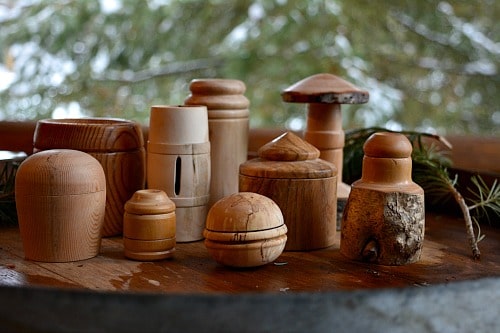
Do you start by learning how to sharpen for specific turning situations and certain woods? No. We all start by learning the basics of woodturning. As you master one set of techniques and conditions then you see opportunities for doing it in different and better ways. Each set of circumstances will teach you more about turning and increase your enjoyment of your craft.
4. You need more than one reference point
The pilot was responsible for the safety of the steamboat. Even the Captain deferred to the orders of the pilot. So through his training Mark Twain began to see information that confirmed the state of the river from several different sources. You had the soundings of the leads, the feel and look of the water, and the water level on the banks and whether the river was rising or falling. All of this would tell the pilot whether it was safe to continue or whether they had to land and find a safe channel.
My first bowl was a real challenge. I wanted a fairly thin wall, for me, and I was working the calipers frantically checking for high spots and sighing when I missed the high spot and got thinner somewhere else. The calipers worked but it was hard to connect where the high spot was on the bowl. Then I used my fingers and the physical sensation of where the high spots were was easier to determine. So both calipers and fingers worked together.
As I progressed with my bowl turning I didn’t have to grab the calipers immediately. I would listen to the sound of the cut and could hear when the wood was getting quite thin. Using sound as a guide enabled me to do a lot of work before I was touching up on the inside of the bowl. Just like the pilot we have numerous ways of sensing what is happening with our wood and what will work best. This ability only comes with practice; lots of practice.
5. The romantic attraction will change with familiarity
Some woodturners have mentioned to me that if they were to make their hobby into a business it would take the enjoyment out of turning. Mark Twain had a similar experience with how he related to the big river. “No, the romance and beauty were all gone from the river. All the value any feature of it had for me now was the amount of usefulness it could furnish toward compassing the safe piloting of a steamboat.”
However he did have the enjoyment of being one of the more reliable pilots on the river. As you advance in your turning some aspects will become common place. Your first love of the craft will be replaced with a deeper understanding and appreciation of the standards of excellence within it.
Turning spindle blanks round will become second nature. A time to consider the project and how best to shape and decorate the final result. Your new skills and techniques will keep you focused and give you more options to enjoy as well.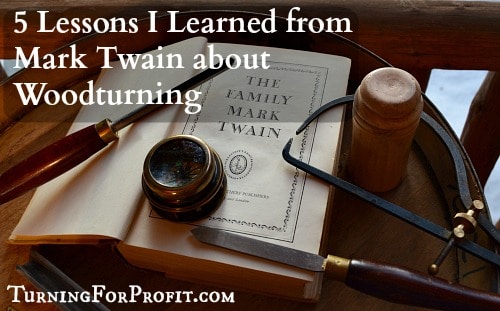
It is interesting to read such detailed accounts of a profession that has passed into history. The discipline needed to become a riverboat pilot is common to many professions including woodturning. It takes time and focus to achieve excellence. Your perception of your hobby and what you are capable of will develop and grow over time. It is an exciting process full of new challenges and discoveries.
Turning For Profit
If you have any questions about turning, or the business of turning, please leave me a comment at the bottom of the page.
These posts are for you, the woodturner. If you like turning projects or articles related to the business of turning then please sign up for the Turning For Profit newsletter. Generally it comes out once a week and has links to the current articles, a bit on what I am up to, and usually a question for your response. You can sign up at the top right of the side bar on this page.
I love wood turning and sharing with you. You can follow me on Facebook as well. Thank you for joining me on this woodturning journey. Have fun and remember to turn safely.



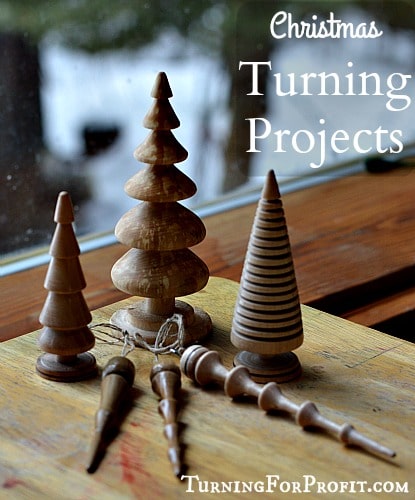

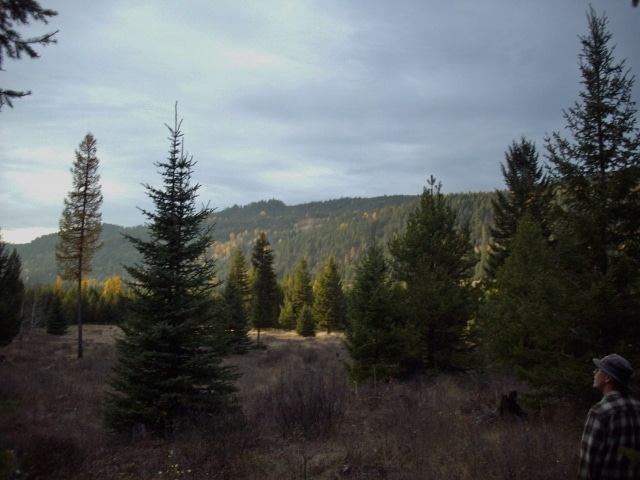
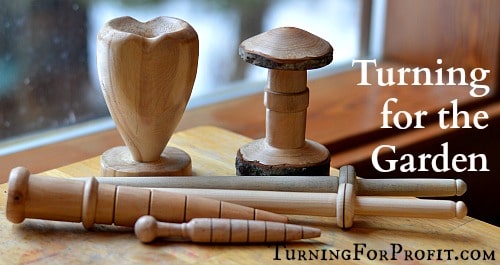
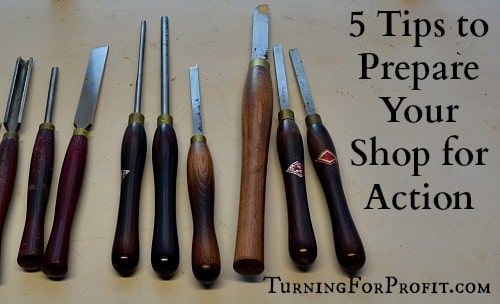




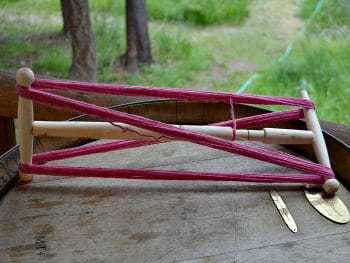
Excellent article!
Wonderful lessons for sure!
Thank you for sharing this and other wood turning ideas and technical elements. This has helped another new wood turner on the road of discovery of the joys and challenges wood turning presents.
I am just starting wood turning ( i have done a bit on a metal lathe with OK results a nose cone for RC plane) Spindle turning seems ok but turning a bowl is giving trouble. I alway seem to get tear out when going against the grain. Speed may be wrong or tools not sharp enough.
When I first did bowls I had to use a scrapper to finish the bottoms. With practice, sharp tools, a proper grind on my bowl gouge, and a gentle touch, I’m not getting as much tear out.